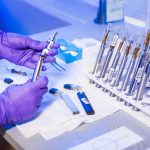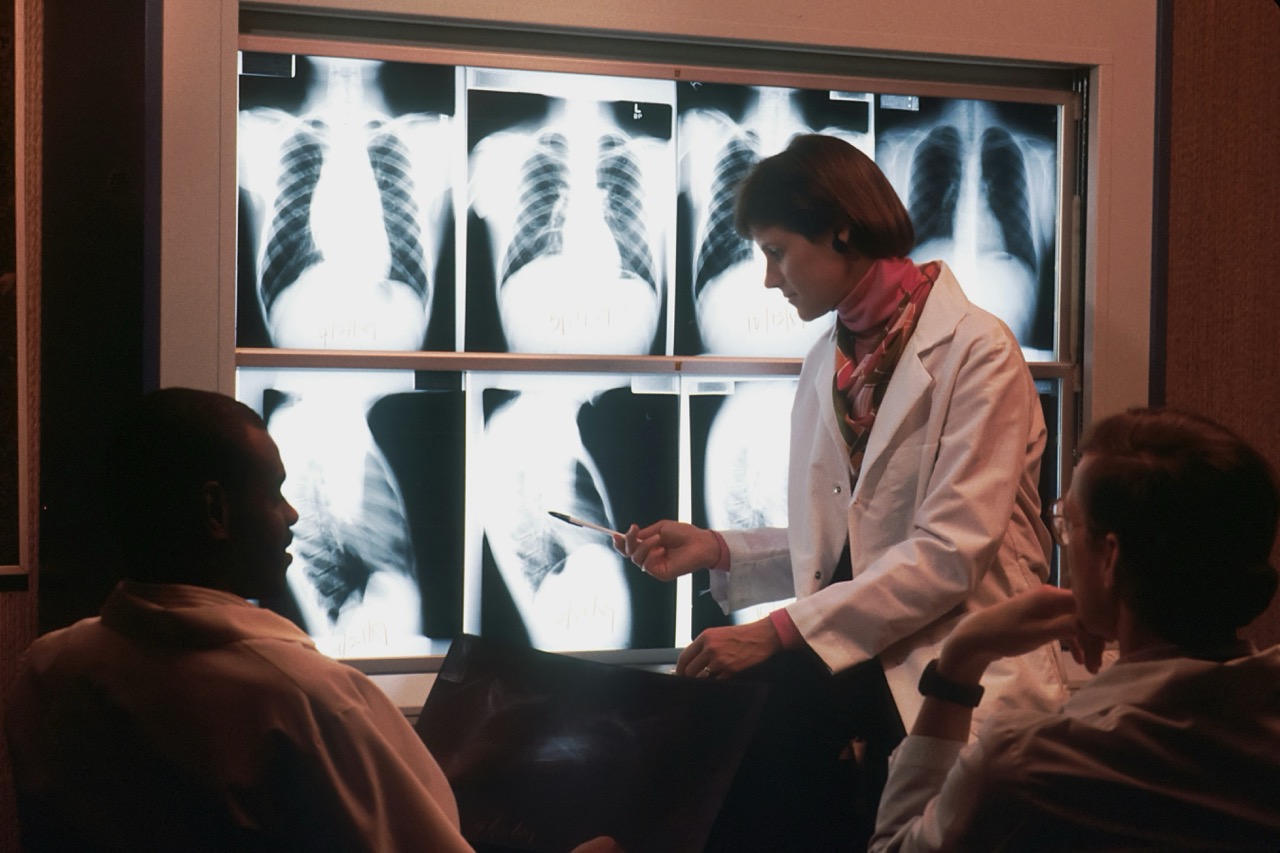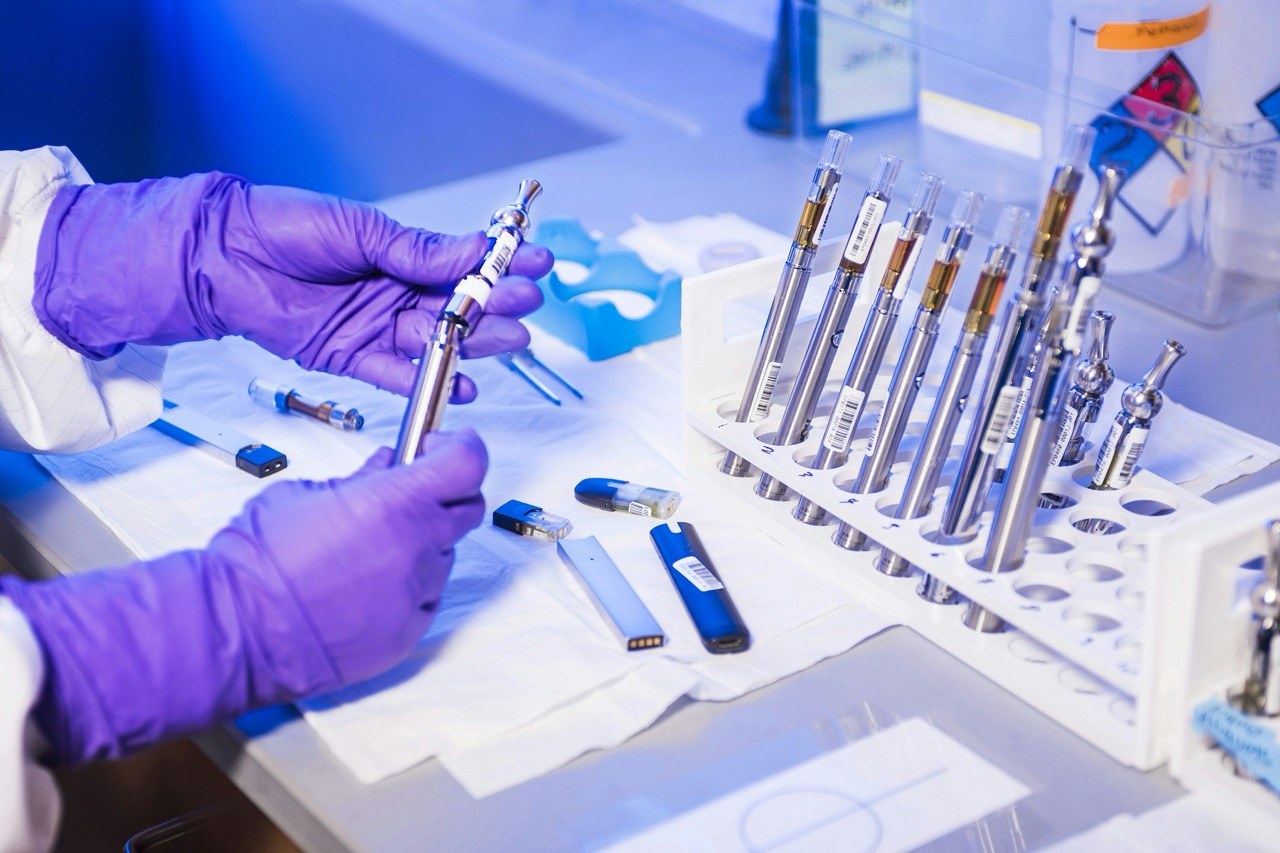Human Papillomavirus (HPV) is one of the most common sexually transmitted infections globally, with more than 40 different types affecting the genital area, mouth, and throat. Although many people may carry the virus without experiencing symptoms, HPV can lead to serious health complications, including genital warts and various forms of cancer. Understanding how long it takes for HPV to show its presence can help individuals make informed decisions about their sexual health. This article delves into the characteristics of HPV, its incubation period, factors that influence symptom development, and the importance of regular screenings.
Understanding HPV: An Overview of the Virus and Its Types
HPV is a virus that belongs to a group known as papovaviruses. It is primarily transmitted through intimate skin-to-skin contact during sexual activities. The virus can affect anyone who is sexually active, regardless of gender or sexual orientation. While many HPV infections are harmless and may clear up on their own, some types can lead to more severe health issues. High-risk HPV types, such as HPV-16 and HPV-18, are particularly known for their association with cervical and other anogenital cancers.
There are two primary categories of HPV: low-risk and high-risk types. Low-risk HPV types can lead to benign conditions such as genital warts, while high-risk types can cause cellular changes that may develop into cancer over time. It’s important to note that not all HPV infections lead to serious health problems; in fact, most sexually active individuals will contract some form of HPV in their lifetime, but the immune system often clears the virus without causing any symptoms or health issues.
Vaccination is one of the most effective ways to prevent certain types of HPV. The HPV vaccine protects against the most common high-risk and low-risk types and is recommended for preteens and young adults. Awareness of HPV, its transmission, and the availability of vaccines can significantly reduce the incidence of HPV-related health complications.
The Incubation Period: How Long Before Symptoms Appear?
The incubation period for HPV varies significantly among individuals and depends on the specific type of HPV involved. Generally, HPV can take anywhere from a few weeks to several months to manifest symptoms, if at all. In many cases, the infected individual may remain asymptomatic, meaning they do not exhibit any signs of the virus, even though it is present in their body.
For low-risk types of HPV, such as those that cause genital warts, symptoms typically appear within three months after exposure. However, it is crucial to understand that even if symptoms do not appear, the virus can still be transmitted to sexual partners. On the other hand, high-risk HPV types may take years to develop into cancerous lesions, complicating the timeline for symptom appearance and diagnosis.
The vast differences in the incubation period can make it difficult for individuals to determine exactly when they were infected with HPV. Regular check-ups and open communication with healthcare providers are essential for monitoring one’s health and understanding the potential risks associated with HPV.
Factors Influencing HPV Symptom Development and Detection
Several factors can influence the development of HPV symptoms and the virus’s overall impact on an individual’s health. One significant factor is the person’s immune system. A robust immune system can often clear the virus naturally within a couple of years, leading to a lower likelihood of developing symptoms or health complications. Conversely, individuals with weakened immune systems, such as those with HIV/AIDS or those taking immunosuppressive medications, may experience more frequent and severe HPV-related health issues.
Additionally, age and gender can play a role in how HPV manifests. Younger adults and adolescents are more likely to clear the virus without complications. In contrast, older adults may face a higher risk of developing persistent infections and associated health problems. Women are particularly at risk for developing cervical cancer due to persistent high-risk HPV infections, emphasizing the need for gender-specific healthcare strategies.
Behavioral factors, such as the number of sexual partners and the use of protection during sexual activity, also significantly influence the likelihood of HPV transmission and symptom development. Engaging in safer sexual practices can reduce the risk of contracting HPV and other sexually transmitted infections, making education and awareness critical components of sexual health.
Importance of Regular Screening for Early HPV Diagnosis
Regular screening is vital for the early detection of HPV and its potential complications. For women, Pap smears and HPV tests are essential tools in identifying abnormal cervical cells that could indicate the presence of high-risk HPV types. These screenings are usually recommended to begin at age 21 and should continue based on the individual’s age and health history. Early identification of changes in cervical cells can lead to timely intervention, reducing the risk of cervical cancer significantly.
For men, while there is currently no routine screening for HPV-related cancers, being aware of symptoms and risks is crucial. Men should communicate openly with their healthcare providers about any unusual growths or changes in their genital area. Education on self-examination and awareness of any potential symptoms can be an essential preventive measure.
Moreover, ongoing research and advancements in HPV testing and vaccination strategies continue to improve public health outcomes. By increasing awareness about HPV and its potential risks, promoting regular screenings, and advocating for vaccination, individuals can take proactive steps towards safeguarding their health and preventing HPV-related complications.
In conclusion, the timeline for HPV to show up can vary greatly among individuals, depending on several factors, including the type of virus and the person’s immune response. While many infections may resolve without symptoms, understanding the importance of regular screenings and preventive measures, such as vaccination, is crucial for protecting one’s sexual health. By staying informed and proactive, individuals can significantly reduce their risk of HPV-related health issues and contribute to broader public health initiatives aimed at combating this common virus.











